The Best Bone Conduction Headphones for Superior Comfort
Imagine hearing your favorite tunes while still catching every sound around you. Traffic, chats, birds singing – all without anything plugging your ears. That’s the experience best bone conduction headphones will bring you. It skips your eardrums entirely. Instead, sound travels as vibrations on your cheekbones, leaving your ear canals wide open to the world.
For runners, cyclists, commuters, or anyone wanting music plus awareness, bone conduction headphones create a unique listening mix. They’ve gained fans fast because of this special design. It focuses on both comfort and safety. You avoid ear pressure and stay connected to your surroundings.
Top Bone Conduction Headphones Available Today
Suddenly, bone headphones seem to be everywhere. Loads of brands are competing, making models more comfortable and packed with features. They’ve moved beyond being just specialist gear. Now, they’re a real choice instead of regular headphones, especially for people who are always on the move.
What sets them apart? Sound reaches you without covering ears. This open-ear style feels natural. Your music mixes with outside noises instead of silencing them. Tech has come a long way. Current models sound better, last longer on a charge, and are tougher than old ones.
You might wonder, are bone conduction headphones safe? Absolutely yes. In fact, they’re among safest ways to listen. Sound doesn’t blast directly into your ear canals. This helps protect your hearing, even during long sessions. For many active listeners, the best bone conduction headphones offer that perfect mix of music and awareness.
Best Bone Conduction Headphones of 2025: Expert Picks
Shokz OpenRun Pro 2: Advanced Performance Redefined
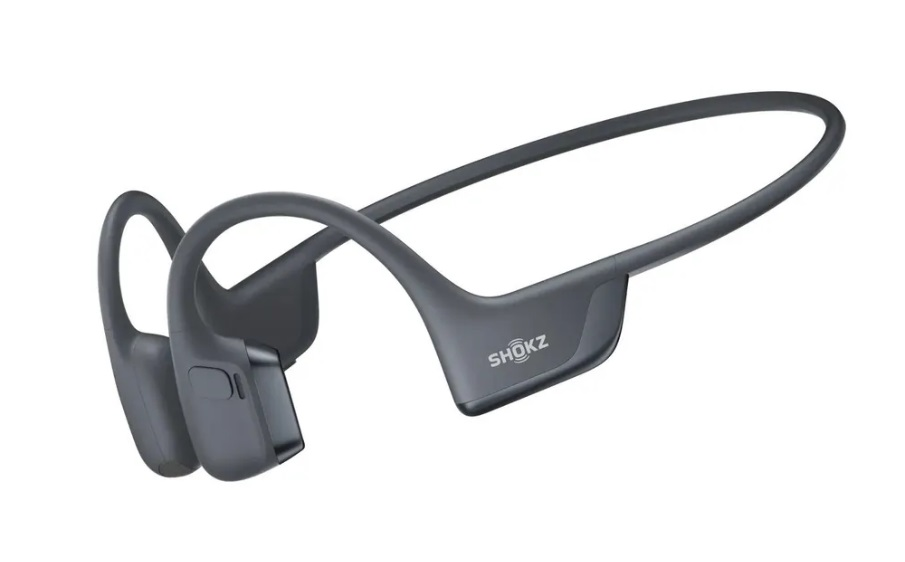
The Shokz OpenRun Pro 2 represents the pinnacle of bone conduction technology for runners and fitness enthusiasts. Building on the success of previous models, these headphones deliver exceptional comfort with enhanced audio performance.
Pros:
- 10th-generation bone conduction technology for superior sound
- Ultra-lightweight design (30g) prevents fatigue during long runs
- Impressive 12-hour battery life
- Fast charging: 5 minutes for 2.5 hours of playback
- Six audio modes and customizable EQ settings
- 8GB onboard storage for phone-free workouts
Cons:
- Premium price point
- Button layout takes some getting used to
- Not suitable for swimming
Specifications:
- Weight: 30g
- Water resistance: IP55 (sweat and rain resistant)
- Battery life: 12 hours
- Storage: 8GB
- Connectivity: Bluetooth 5.2
- Charging: USB-C (1 hour full charge)
H2O Audio Tri 2: Swim-Ready Bone Conduction Tech
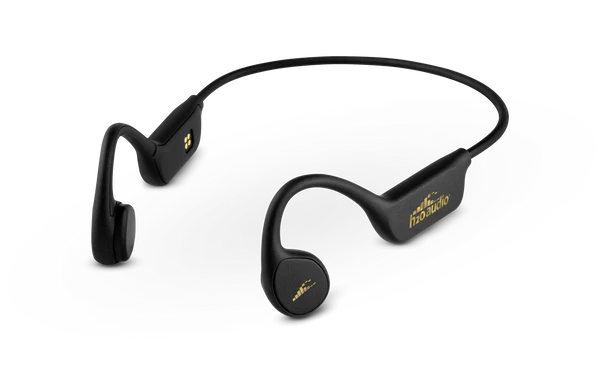
For water lovers, the H2O Audio Tri 2 offers the perfect combination of versatility and performance. These headphones excel both in and out of the pool, making them ideal for triathletes and swimmers.
Pros:
- IPX8 waterproofing allows for full submersion
- Excellent sound quality both underwater and on land
- 8GB internal storage for swim sessions
- Playlist+ functionality saves streaming playlists for offline use
- Comfortable fit during extended wear
- Seamless transition between water and land workouts
Cons:
- Higher price point
- Charging case sold separately
- Learning curve for underwater controls
Specifications:
- Weight: 32g
- Water resistance: IPX8 (fully waterproof)
- Battery life: 9 hours
- Storage: 8GB
- Connectivity: Bluetooth for land use
- Charging: Proprietary connection
Getting the fit right really matters with bone conduction headphones, especially with this model. Place them simply on your cheekbones, right in front of your ears. Don’t let them block your ear canals. This position gives you the best sound transmission while keeping you aware of your surroundings.
Shokz OpenFit Air: Lightweight, Open-Ear Design
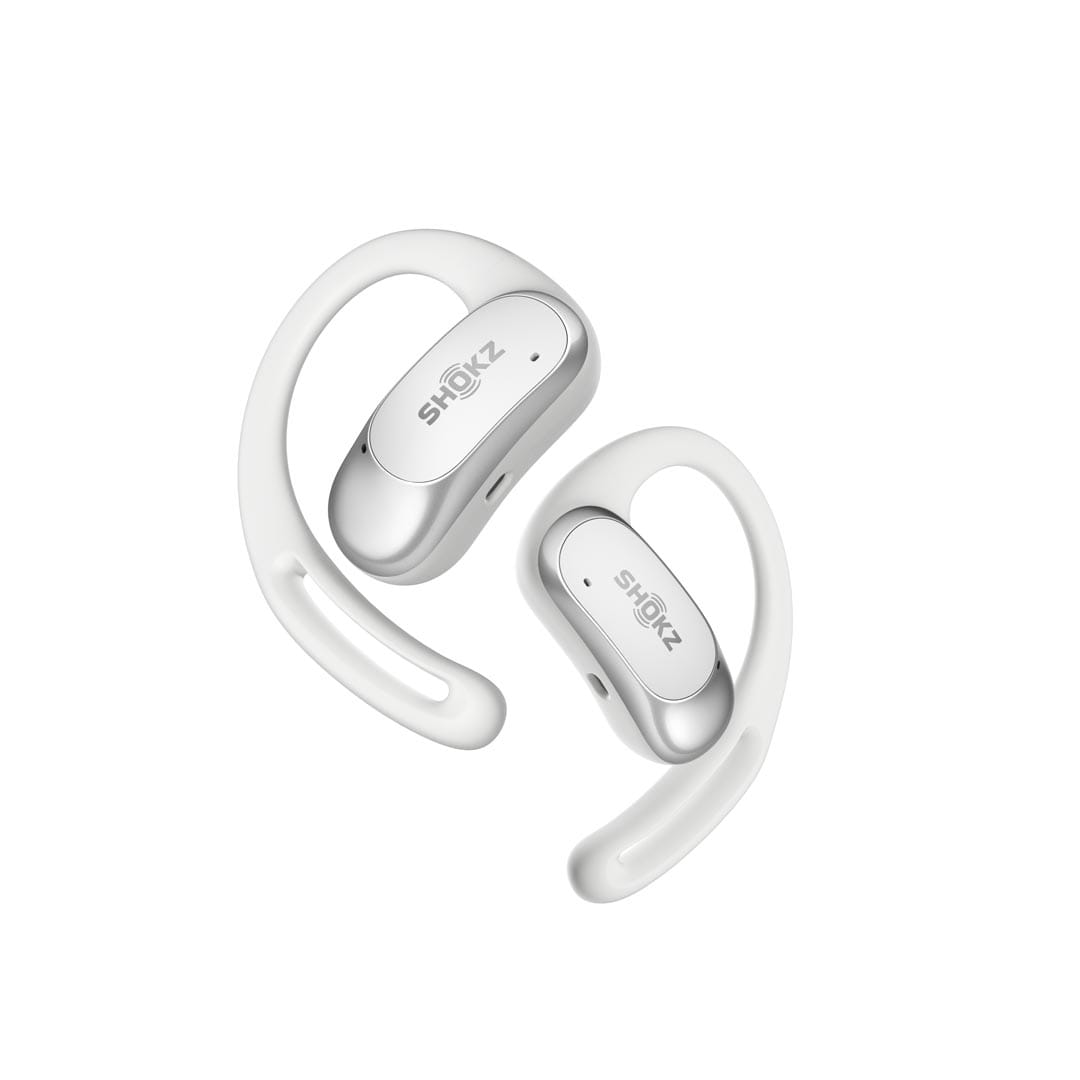
The Shokz OpenFit Air takes comfort to new heights with its barely-there design and exceptional sound quality. These headphones combine bone conduction with directional air conduction for a more natural listening experience.
Pros:
- Ultra-lightweight design (9.2g per earbud)
- Dual-mode technology for improved audio quality
- Secure fit without pressure points
- Open-ear design maintains situational awareness
- Touch controls for easy operation
- Voice assistant compatibility
Cons:
- Shorter battery life than some competitors
- Limited water resistance (not for swimming)
- Premium pricing
Specifications:
- Weight: 9.2g per earbud
- Water resistance: IP54 (sweat and splash resistant)
- Battery life: 7 hours (28 with case)
- Storage: None
- Connectivity: Bluetooth 5.2
- Charging: USB-C case with wireless option
Many users wonder are bone conduction headphones good for everyday use. Models like the OpenFit Air demonstrate that they excel not just for sports but also for daily activities, offering comfort and awareness that traditional earbuds can’t match.
Mojawa Run Plus: Premium Audio for Active Lifestyles
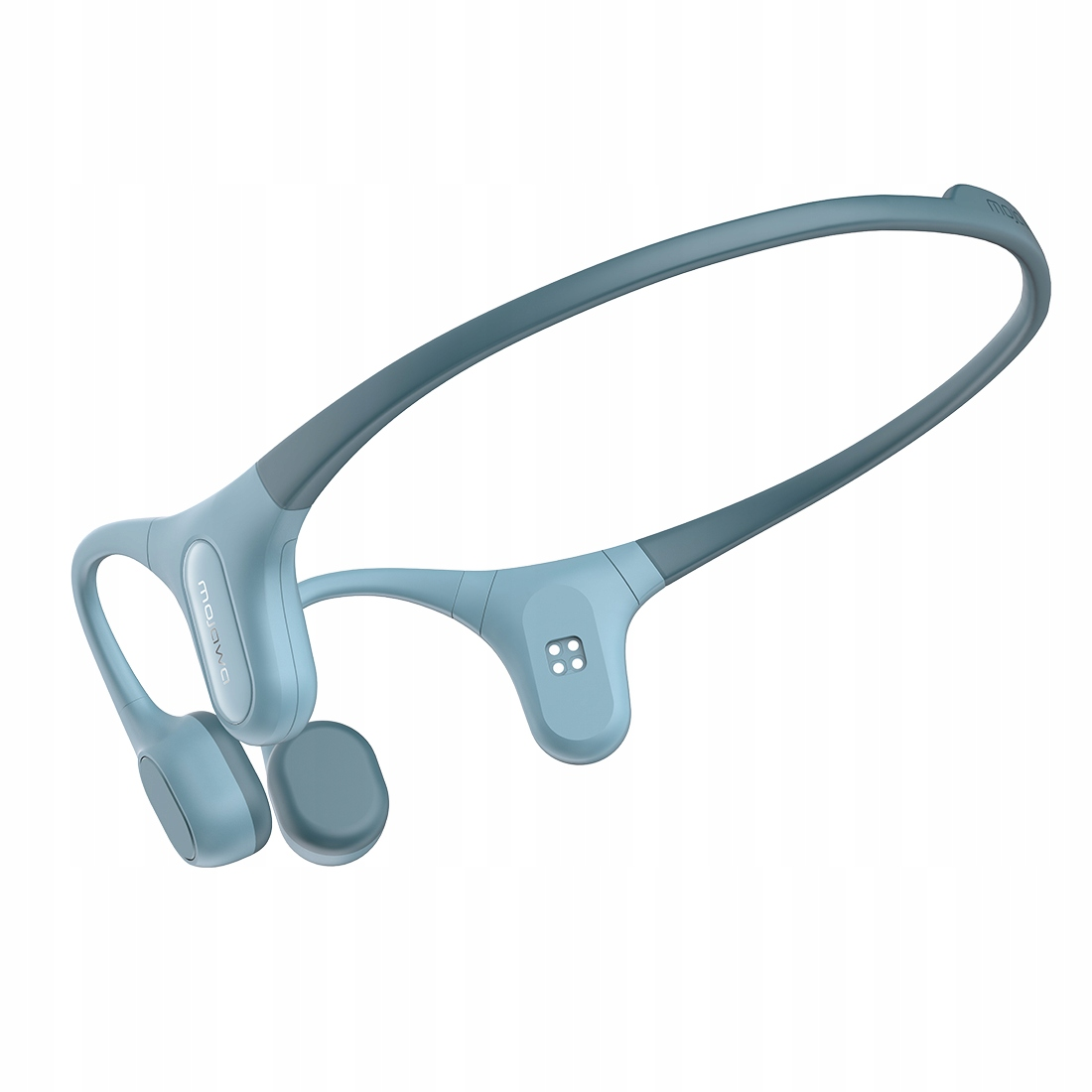
The Mojawa Run Plus combines advanced bone conduction technology with premium materials for a superior listening experience during intense workouts.
Pros:
- Enhanced bass response compared to competitors
- Titanium frame for durability with minimal weight
- Anti-leak sound technology reduces audio bleed
- Physical buttons work well with gloves or wet hands
- Multipoint connection for two devices simultaneously
- IP67 rating for extreme weather conditions
Cons:
- Limited color options
- Less well-known brand with fewer support options
- Higher price than entry-level models
Specifications:
- Weight: 29g
- Water resistance: IP67 (dust and water resistant)
- Battery life: 10 hours
- Storage: None
- Connectivity: Bluetooth 5.0
- Charging: Magnetic USB-C
Philips Go A7607: Durability Meets Superior Sound
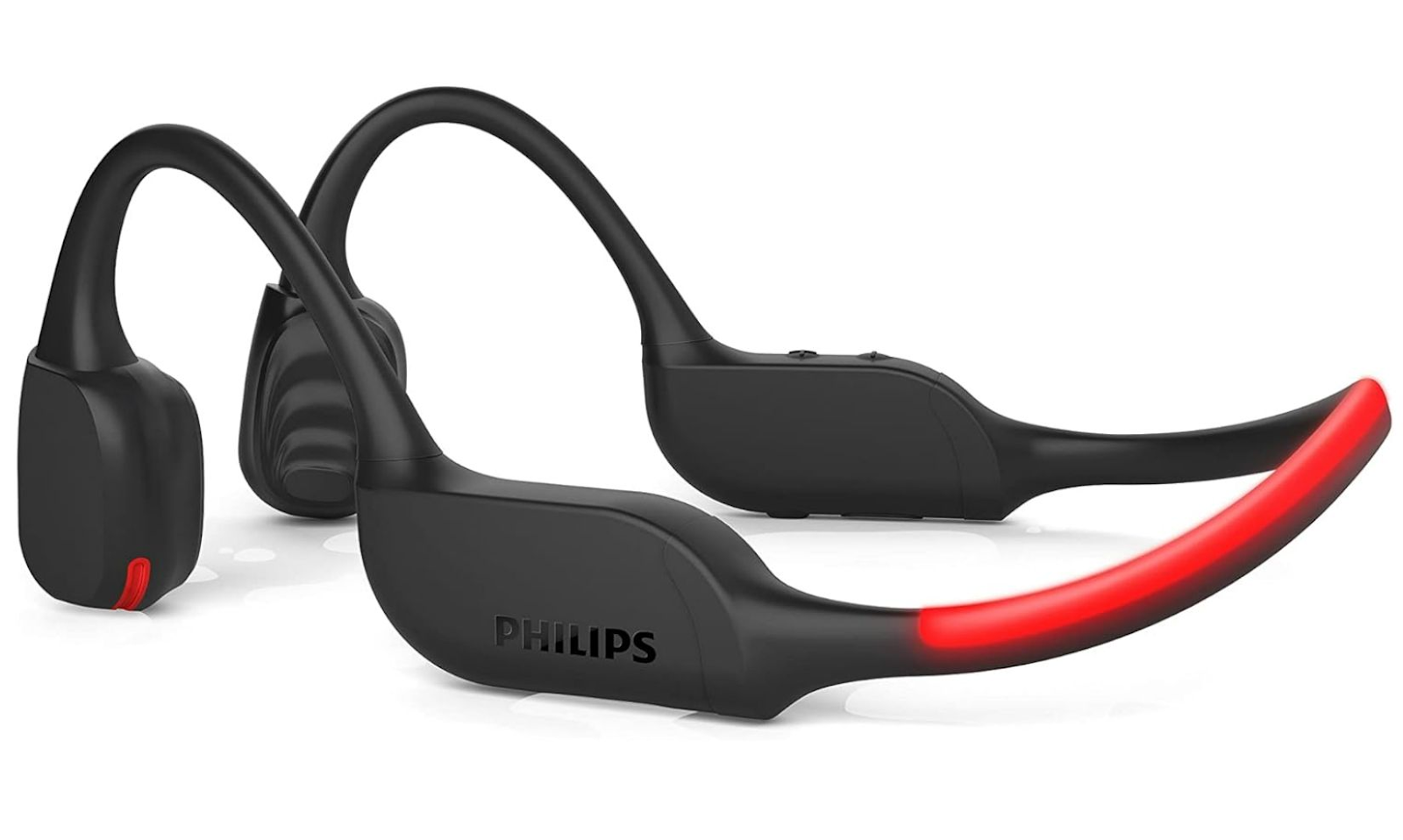
The Philips Go A7607 brings a major electronics brand into the bone conduction space with impressive results, offering excellent durability and sound quality at a competitive price.
Pros:
- Robust build quality for long-term durability
- Balanced sound profile works well for various audio types
- Comfortable fit for extended wear
- Quick charging capability (15 minutes for 2 hours)
- Easy-to-use controls with raised buttons
- Reflective elements for night visibility
Cons:
- Heavier than some competitors
- Limited app functionality
- No onboard storage
Specifications:
- Weight: 36g
- Water resistance: IP66 (heavy rain resistant)
- Battery life: 9 hours
- Storage: None
- Connectivity: Bluetooth 5.2
- Charging: USB-C
One common concern is bone conduction headphones side effects, but models like the Philips Go A7607 are designed to minimize any potential issues. The main side effect some users report is tickling sensations at high volumes, which can be easily addressed by adjusting volume levels.
Shokz OpenSwim Pro: Waterproof Headphones for Swimmers
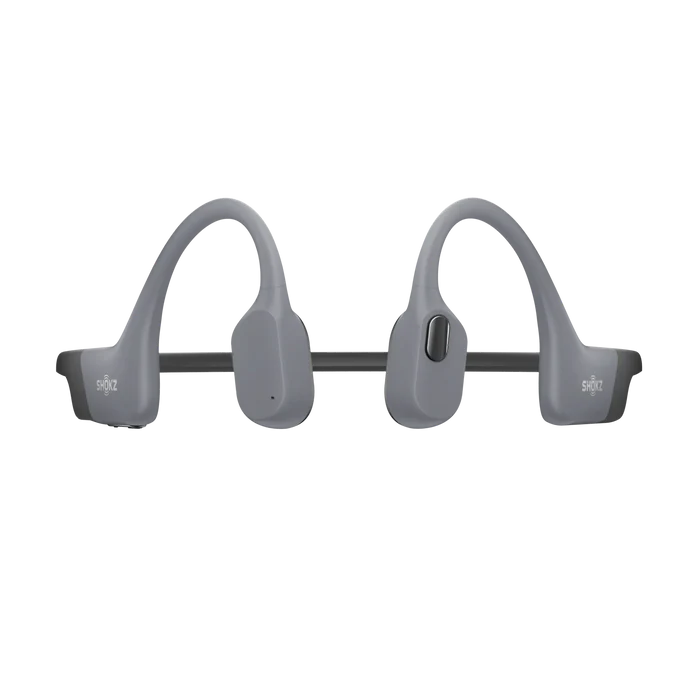
The Shokz OpenSwim Pro represents the most advanced waterproof bone conduction option available, designed specifically for swimmers and water sports enthusiasts.
Pros:
- IP68 waterproofing for extended swimming sessions
- 32GB storage holds thousands of songs
- Bluetooth connectivity for land use
- Comfortable and secure fit during water activities
- 9-hour battery life for long training sessions
- Dedicated swimming mode optimizes underwater sound
Cons:
- Requires music ownership (not ideal for streaming-only users)
- Premium price point
- No USB-C charging option
Specifications:
- Weight: 27g
- Water resistance: IP68 (2 hours at 2m depth)
- Battery life: 9 hours Bluetooth, 6 hours MP3
- Storage: 32GB
- Connectivity: Bluetooth 5.0
- Charging: Proprietary magnetic connection
When choosing best bone conduction headphones for swimming, OpenSwim Pro leads the pack. It works underwater and stays comfortable even during long swims.
Bose Ultra Open Earbuds: Revolutionizing Open-Ear Audio
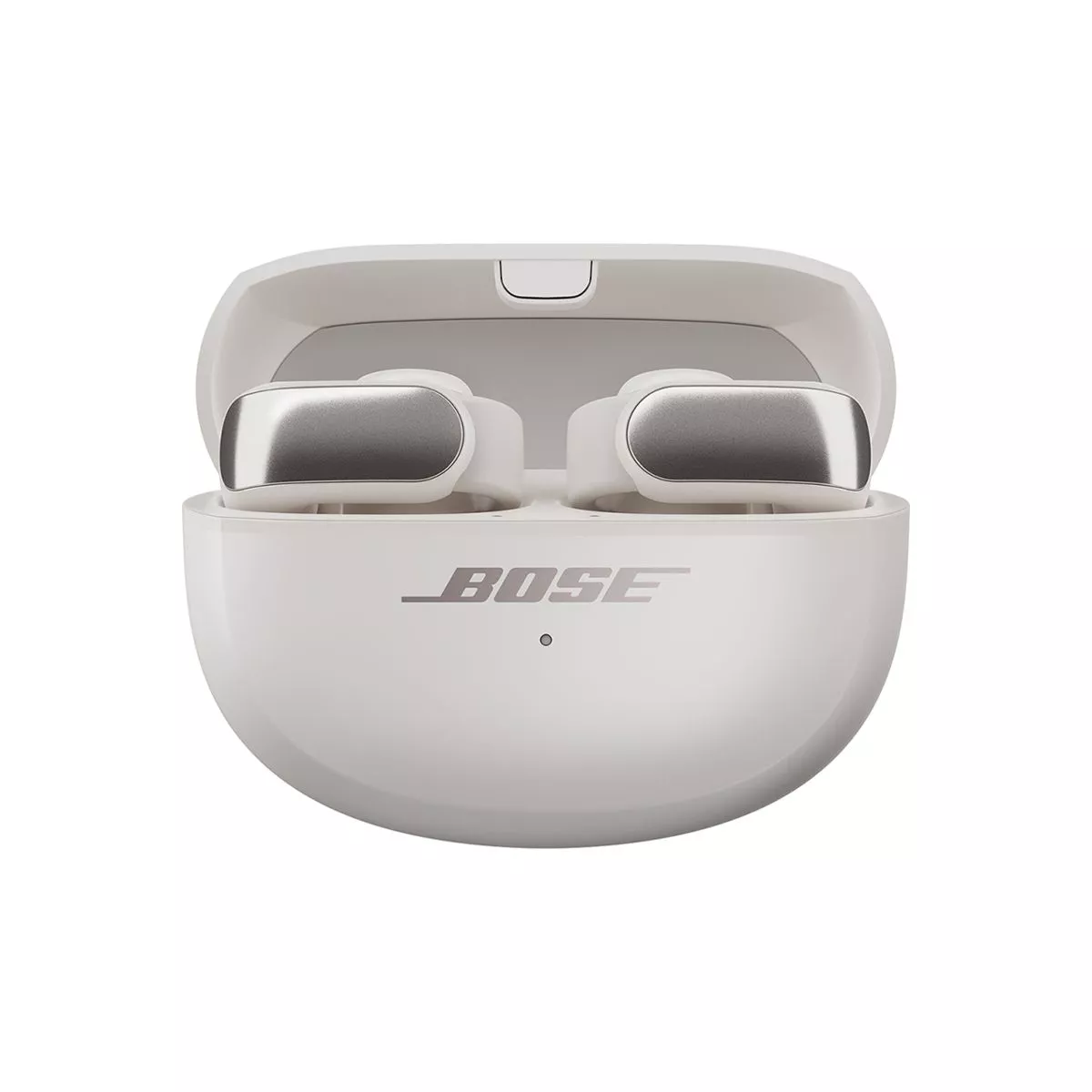
Bose enters the open-ear audio market with the Ultra Open Earbuds, combining their legendary sound engineering with a comfortable clip-on design that sits outside the ear canal.
Pros:
- Superior sound quality with rich bass response
- Innovative clip design avoids pressure points
- Sophisticated noise-canceling microphones for calls
- Intuitive touch controls
- Premium build quality and aesthetics
- Excellent app integration with customization options
Cons:
- Higher price point
- Limited water resistance (not for swimming)
- Shorter battery life than some competitors
Specifications:
- Weight: 13.5g per earbud
- Water resistance: IPX4 (sweat resistant)
- Battery life: 7.5 hours (27 with case)
- Storage: None
- Connectivity: Bluetooth 5.3
- Charging: USB-C case with wireless option
For clear calls on the move, this best bone conduction headphones with microphone stand out. Bose Ultra Open Earbuds are a top choice. They’re great for workouts and work calls alike.
Which Bone Conduction Headphones Are the Best for You?
Choosing the right bone conduction headphones depends primarily on your intended use case:
- For Runners and Cyclists: The Shokz OpenRun Pro 2 offers the ideal balance of comfort, battery life, and environmental awareness for road safety.
- For Swimmers: The H2O Audio Tri 2 and Shokz OpenSwim Pro are specifically designed for water activities with their waterproof construction and onboard storage.
- For Office Workers: The Bose Ultra Open Earbuds and Shokz OpenFit Air provide excellent call quality and all-day comfort for professional environments.
- For Budget-Conscious Users: The Philips Go A7607 offers solid performance and durability at a more accessible price point.
- For Multisport Athletes: The Mojawa Run Plus provides versatility across different activities with its durable construction and reliable performance.
People often ask, is bone conduction headphones safe for daily use? Absolutely. In fact, they bring real benefits compared to regular headphones. Your ear canals stay open. This lowers risk of ear infections. Plus, you stay aware of sounds around you.
How to Choose the Perfect Bone Conduction Headphones
| Feature | For Runners | For Swimmers | For Office Use | For Everyday |
| Water Resistance | IP55+ | IP68 | IP54+ | IP55+ |
| Battery Life | 8+ hours | 6+ hours | 8+ hours | 10+ hours |
| Weight | <30g | <35g | <30g | <35g |
| Controls | Physical buttons | Waterproof buttons | Touch controls | Either type |
| Storage | Optional | Required | Not needed | Optional |
| Microphone | Basic | Not crucial | Premium | Good quality |
| Price Range | $80-150 | $120-200 | $150-250 | $70-150 |
Top models balance comfort, good sound, and staying aware of your surroundings. Think about what you need most: long battery, water protection, sound quality, or comfort. Then choose based on that.
Fit really matters for bone conduction tech to work well. The pads need solid contact with your cheekbones. That’s why adjustable designs and sizing options help get both comfort and the best sound. Finding the best open ear bone conduction headphones means getting this fit right. For many users, the best bone conduction headphones simply feel secure.
FAQs
How Do Bone Conduction Headphones Work, and What Makes Them Unique?
Bone conduction headphones don’t work like regular ones. They skip sending sound waves through air into your ear canals. Instead, vibrations travel through your cheekbones. These go right to your inner ear, bypassing your eardrum completely. First made to aid people with hearing loss, the tech is now loved by runners, cyclists, and folks wanting to stay tuned into their environment.
The pads sit right on your cheekbones, not in or over your ears. This leaves your ear canals completely open. You hear ambient sounds clearly alongside your music, creating a blended audio experience instead of isolation. For folks needing this mix of tunes and awareness, choosing the best bone conduction headphones makes a real difference.
Who Can Benefit the Most from Using Bone Conduction Headphones?
Several groups find bone conduction headphones particularly beneficial:
- Runners and cyclists who need to hear traffic and surroundings
- People with certain types of hearing loss
- Swimmers looking for underwater audio
- Those who find traditional earbuds uncomfortable or painful
- Office workers who need to stay aware of colleagues
- People who wear hearing aids
- Those with ear infection susceptibility
Are bone conduction headphones better for your ears than traditional headphones? They don’t pressurize your ear canal, a common problem with in-ear models. They also don’t encourage earwax buildup like buds sitting inside your ear canal can. Perhaps most importantly, they reduce potential hearing damage risk. Sound vibrations travel via your cheekbones, so they don’t blast waves directly at your sensitive eardrums.
Are There Situations Where Bone Conduction Headphones Aren’t Suitable?
While bone conduction headphones excel in many scenarios, they’re not perfect for every situation:
- Noisy environments (the open-ear design means ambient noise can overwhelm your audio)
- Situations requiring audio privacy (others nearby may hear your audio)
- When maximum sound quality is the priority (traditional headphones still offer superior audio fidelity)
- During very intense vibration activities (extreme mountain biking can create interference)
Many users wonder can other people hear bone conduction headphones when you’re wearing them. At moderate volumes, leakage is minimal, but at higher volumes, people nearby might hear some sound – though less than with traditional earbuds.
Can Bone Conduction Headphones Handle Water Exposure?
Water resistance varies significantly between models:
- Basic models (IP55-IP56): Resistant to sweat and light rain
- Mid-range models (IP67): Can handle heavy rain and brief accidental submersion
- Swimming-specific models (IP68): Designed for extended underwater use
If swimming is your primary activity, look specifically for models marketed for swimmers, as these will include not just waterproofing but also onboard storage (since Bluetooth doesn’t work underwater).
What’s the Price Range for Bone Conduction Headphones?
Bone conduction headphones come at several price points:
- Entry-level ($50-80): Basic features, fine for occasional listening.
- Mid-range ($80-150): Stronger sound, better build, longer battery life.
- Premium ($150-250): More features, extra comfort, special uses.
- High-end ($250+): Newest tech, finer materials, strongest warranties.
Top models bring more features and better performance. But mid-range choices still deliver the essential bone conduction experience at friendlier prices. Like most tech, costs keep getting better as more options appear.

